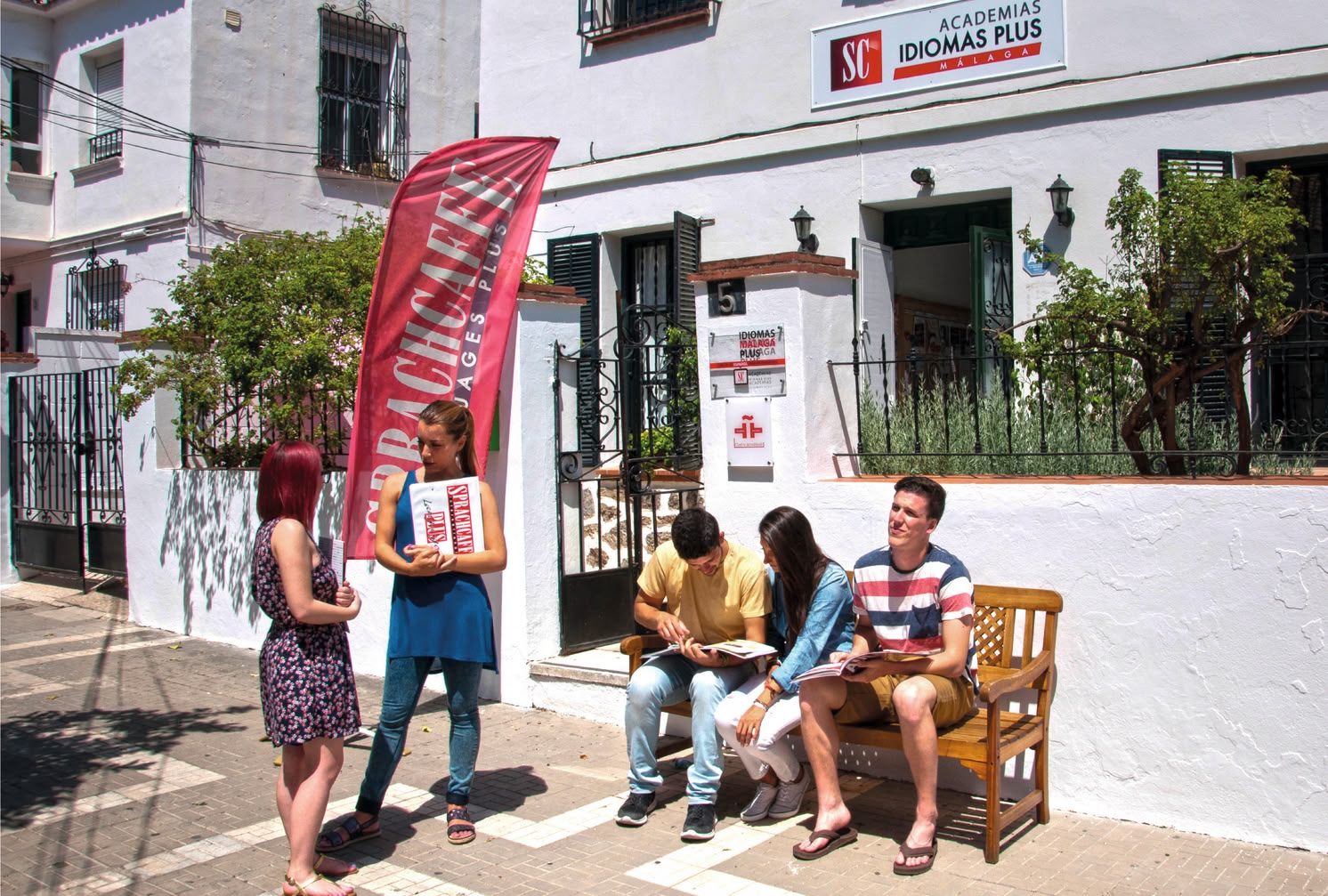
Language travel in Spanish
Take a language trip to Spain or Cuba with Sprachcaffe.
More information »Adjectives in Spanish are words that describe or qualify characteristics of nouns (people, places, objects, concepts, etc.). They can refer to qualities such as color, size, shape, state, origin, among others. In Spanish, adjectives are not conjugated like verbs, but they do agree in gender (masculine or feminine) and number (singular or plural) with the noun they are modifying.
|
Example:
|
Example:
In Spanish, the position of the adjective can vary depending on several factors, such as the function it fulfills in the sentence, the intention of the speaker and the characteristics of the adjective. The most common adjective positions in Spanish are described below:
1. Position before the noun:
- Qualifying adjective: In most cases, qualifying adjectives are placed before the noun they modify.
- Example: A big house, an interesting book, an exciting movie.
2. Position after the noun:
- Specifying adjective: Although less common, some specifying adjectives are placed after the noun to provide additional information and are often related to origin, relationship, material or possession.
- Example: A trusted person, a playground, a historic house.
3. Position after the verb "to be":
- In certain situations, especially when a specific quality is to be emphasized, the adjective can be placed after the verb "to be".
- Example: The car is fast, The movie is exciting, She is smart.
4. Position after a possessive pronoun:
- When a possessive pronoun is used, the adjective is usually placed after the possessive pronoun and before the noun.
- Example: My Big House, Your Interesting Book, Our Exciting Project.
Spanish language trip
Improve your Spanish and have a wonderful holiday!
| Spanish | English |
|---|---|
| Rojo | Red |
| Azul | Blue |
| Amarillo | Yellow |
| Verde | Green |
| Blanco | White |
| Negro | Black |
| Gris | Gray |
| Marrón | Brown |
| Anaranjado | Orange |
| Rosado | Pink |
| Spanish | English |
|---|---|
| Feliz | Happy |
| Triste | Sad |
| Enojado | Angry |
| Asustado | Scared |
| Cansado | Tired |
| Contento | Content |
| Sorprendido | Surprised |
| Aburrido | Bored |
| Ansioso | Anxious |
| Nervioso | Nervous |
| Spanish | English |
|---|---|
| Joven | Young |
| Viejo | Old |
| Adulto | Adult |
| Infantil | Childish |
| Adolescente | Teenage |
| Anciano | Elderly |
| Pequeño | Small / Little |
| Alto | Tall |
| Bajo | Short |
| Largo | Long |
| Corto | Short |
| Spanish | English |
|---|---|
| Saludable | Healthy |
| Enfermo | Sick |
| Fuerte | Strong |
| Débil | Weak |
| Ágil | Agile |
| Rápido | Fast |
| Lento | Slow |
| Delgado | Thin |
| Gordo | Fat |
| Flaco | Thin |
| Guapo | Handsome |
To improve your Spanish vocabulary, we recommend using dictionaries, books, apps and online resources to discover new adjectives and their meaning. Also, familiarize yourself with gender and number agreement by creating sentences in which you use adjectives in different positions. If you want to improve your grammar, don't hesitate to take a language trip to one of our destinations!

Take a language trip to Spain or Cuba with Sprachcaffe.
More information »
Learn Spanish from the comfort of your home with an online course.
More information »